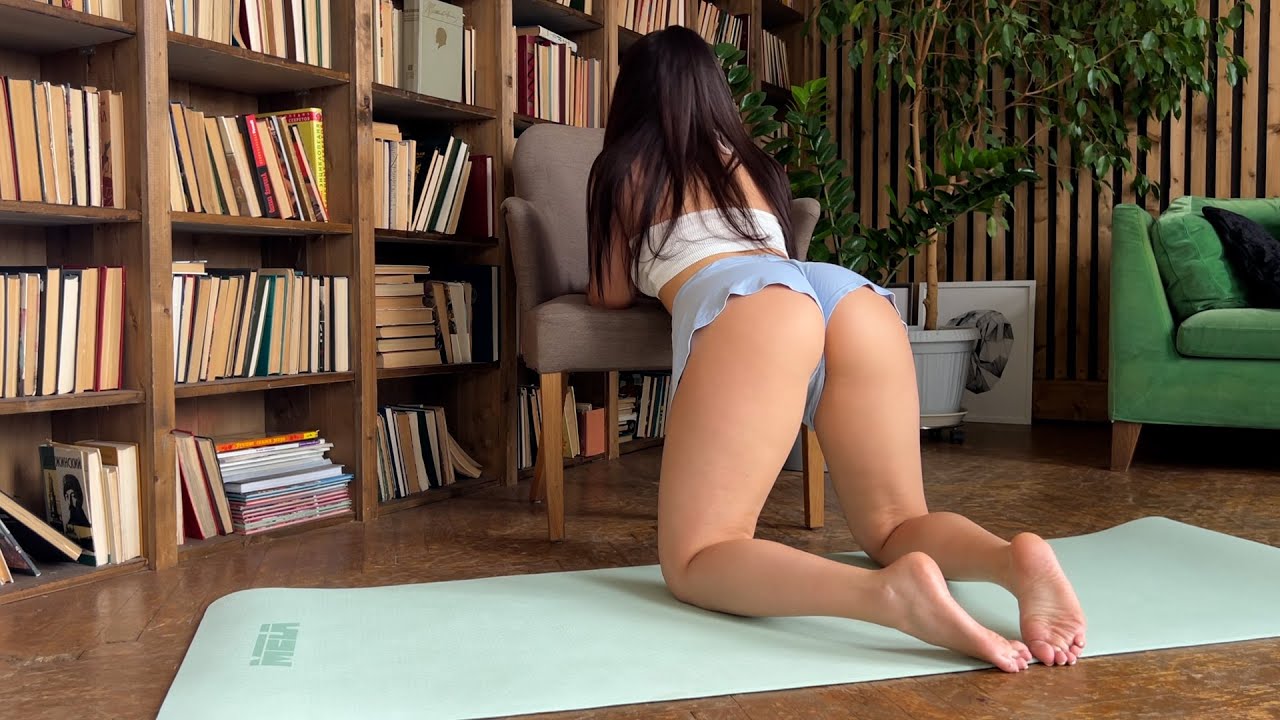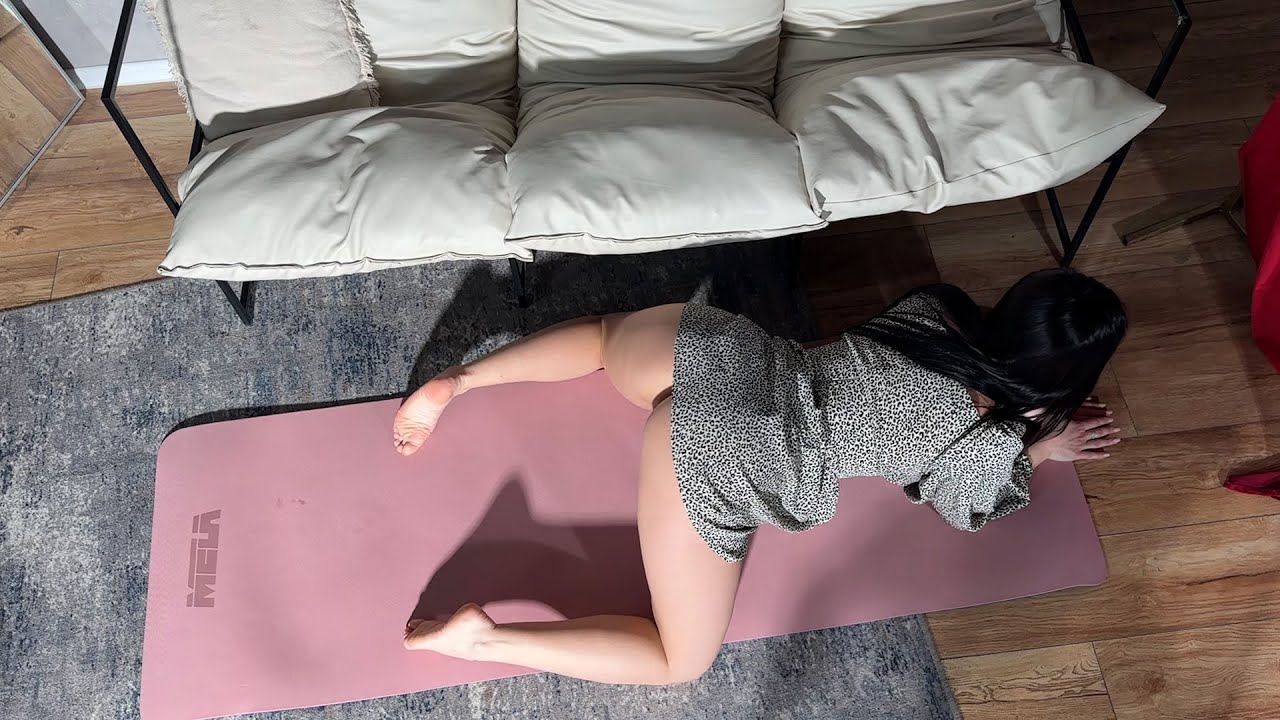
Stretching is an essential component of any workout routine, especially for the legs, which are often subject to tightness and muscle fatigue. Whether you’re a runner, weightlifter, or simply looking to improve your mobility, incorporating leg stretches into your home workouts can enhance flexibility, reduce injury risk, and aid muscle recovery.
In this article, we will explore some of the best leg stretches you can do at home without any special equipment.
1. Benefits of Leg Stretching
Before diving into the exercises, it’s important to understand the benefits of stretching your legs:
- Improved Flexibility: Regular stretching enhances the range of motion in your hips, hamstrings, and quadriceps.
- Reduced Muscle Tension: Stretching helps relieve tightness and promotes blood flow, reducing the chance of cramps or soreness.
- Injury Prevention: Stretching before and after workouts prepares your muscles for exercise, reducing the risk of strains or sprains.
- Posture Improvement: Stretching your legs helps maintain proper alignment, which can improve posture and alleviate back pain.
2. Pre-Stretching Warm-Up
Before starting any stretch, it’s important to warm up your muscles to avoid injury. A short, 5-10 minute warm-up session can include:
- Light jogging in place
- Jumping jacks
- Leg swings
- Marching with high knees
Warming up increases blood circulation and makes your muscles more pliable for stretching.
3. Best Leg Stretches for Home Workouts
a) Standing Quad Stretch
- How to Perform:
- Stand upright and balance on one foot.
- Bend the opposite knee, bringing your heel towards your glutes.
- Grab your ankle with your hand and pull it gently, keeping your knees together.
- Hold for 20-30 seconds, then switch legs.
- Benefits: This stretch targets the quadriceps (front thigh muscles), improving flexibility and reducing stiffness after intense leg workouts.
b) Seated Forward Fold (Hamstring Stretch)
- How to Perform:
- Sit on the floor with your legs extended straight out in front of you.
- Reach forward with both hands, aiming to touch your toes (or as far as you can go).
- Keep your spine straight and hold the position for 20-30 seconds.
- Benefits: This stretch helps relieve tension in the hamstrings, improves flexibility in the lower back, and can alleviate tightness after running or cycling.
c) Butterfly Stretch
- How to Perform:
- Sit on the floor and bring the soles of your feet together, allowing your knees to fall out to the sides.
- Hold your feet with your hands, and gently press your knees towards the floor using your elbows.
- Hold for 20-30 seconds.
- Benefits: This stretch targets the inner thighs (adductors) and improves hip mobility, which is crucial for exercises like squats and lunges.
d) Calf Stretch
- How to Perform:
- Stand facing a wall and place your hands on it for support.
- Step one leg back, keeping the heel on the ground and the back leg straight.
- Lean forward into the wall, keeping the front knee slightly bent.
- Hold for 20-30 seconds, then switch legs.
- Benefits: The calf stretch is great for relieving tightness in the gastrocnemius and soleus muscles, especially after activities like running or jumping.
e) Lunge with a Twist (Hip Flexor Stretch)
- How to Perform:
- Step one foot forward into a lunge position, keeping your back leg straight and your front knee bent at a 90-degree angle.
- Place your hands on your front knee for balance.
- Twist your torso towards the front leg and hold for 20-30 seconds.
- Switch sides and repeat.
- Benefits: This stretch opens up the hips and stretches the hip flexors and quadriceps, which can become tight from prolonged sitting or intense leg exercises.
4. Stretching Tips
- Breathe Deeply: Focus on slow, deep breaths to relax your muscles and deepen each stretch.
- Avoid Bouncing: Bouncing while stretching can cause muscle strain and reduce the effectiveness of the stretch.
- Consistency is Key: Stretching regularly is essential for maintaining flexibility and preventing tightness.
Conclusion
Leg stretches are a vital part of any home workout routine, promoting flexibility, reducing soreness, and aiding in muscle recovery. By incorporating these simple stretches into your daily regimen, you’ll notice improved range of motion and fewer injuries, ensuring you get the most out of your workouts. Remember, always warm up before stretching and listen to your body to avoid overexertion.



